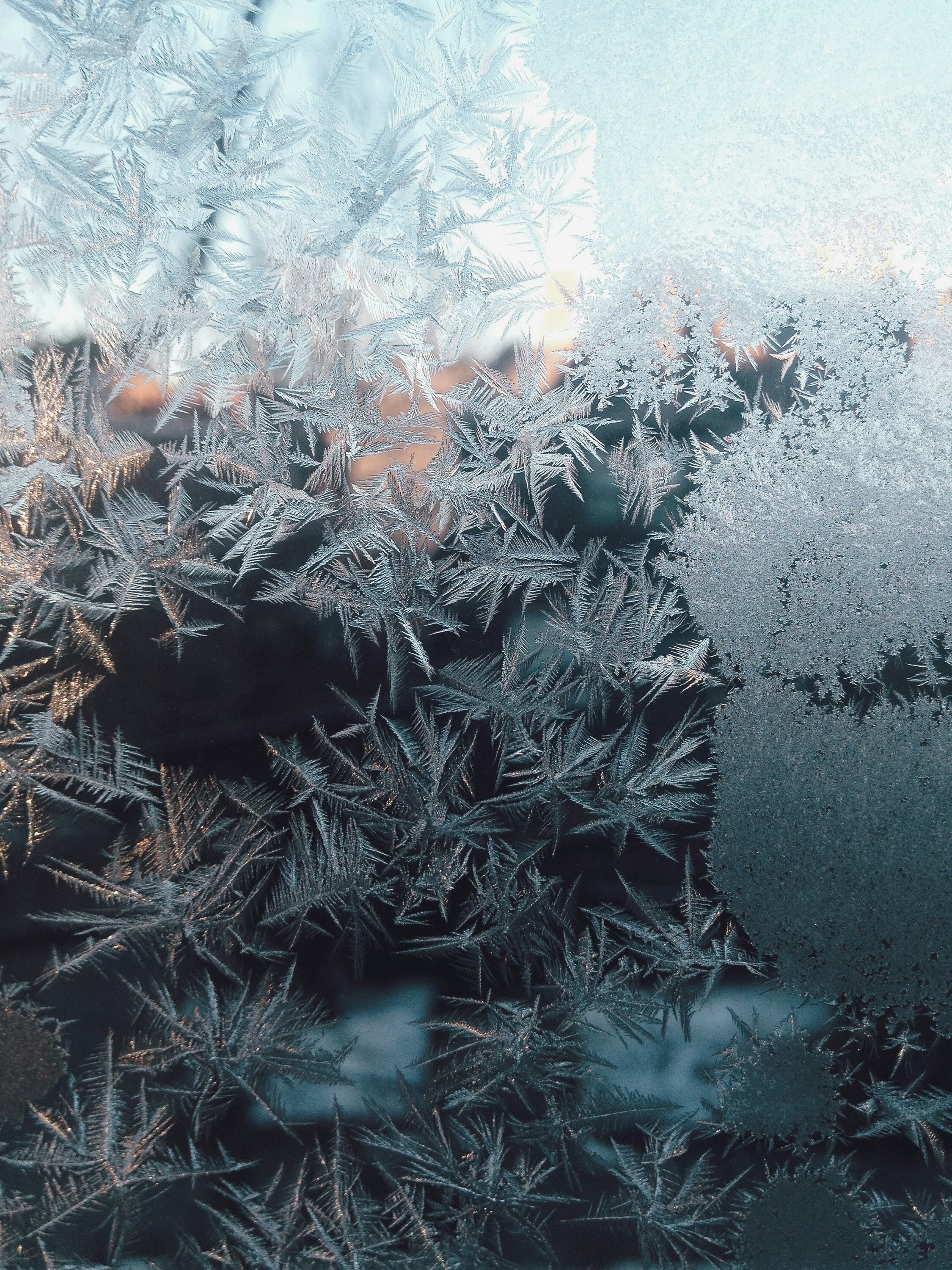LIMS Requirements - Checklist for Requirements Gathering
Implementing a Laboratory Information Management System (LIMS) is a significant step towards optimizing your lab's efficiency, compliance, and data management. This guide provides a checklist of LIMS requirements to consider before implementation, ensuring a smooth and effective deployment process.
LIMS Requirements at a Glance:
• User Requirements (URS): Define what users need the LIMS to do.
• Functional Requirements: Document how the system will meet those needs.
• System Requirements: Specify hardware, integrations, and performance criteria.
• Compliance: Ensure the system supports ISO, GMP, and FDA 21 CFR Part 11.
• Validation: Plan for testing and documentation before deployment.
Core LIMS Requirements for Successful Implementation
Successful LIMS implementation hinges on understanding and addressing key requirements throughout the process. Here are the core components to consider, each are essential to make sure choice in LIMS meets your lab’s needs.
Step 1: Define LIMS User Requirements (URS)
The first step is to clearly outline what your lab needs from the LIMS. This includes specific functionalities, data management capabilities, and user interfaces, which are crucial for aligning your system with lab workflows.
Step 2: Ensure Regulatory & System Requirements
If your lab needs to comply with regulatory standards such as FDA, GxP, and ISO, then so does your LIMS. This includes having features like electronic signatures, audit trails, and data integrity measures in place.
Step 3: Plan for Data Migration & Validation
Develop a comprehensive plan for migrating your existing data to the new LIMS. This involves data mapping, cleansing, and validation to maintain data integrity and continuity.
Step 4: Integration with Existing Systems
Check that the LIMS can integrate seamlessly with your existing lab instruments and software. Smooth data flow reduces manual data entry errors.
Functional vs System Requirements in LIMS
When defining your LIMS requirements, it’s important to distinguish between functional and system requirements - both are essential for successful implementation.
Functional requirements describe what your LIMS should do. These typically include:
- Sample tracking and management
- Test scheduling and result entry
- Data reporting and Certificates of Analysis (CoAs)
- Audit trails and electronic signatures for compliance
System requirements outline how the LIMS will operate behind the scenes. These cover:
- Integration with existing lab instruments or ERP systems
- Data storage, backup, and security protocols
- Hardware and software compatibility
- User access controls and performance expectations
Together, these form part of your LIMS user requirement specification (URS) and provide the foundation for selecting, validating, and scaling your LIMS effectively.
Step 5: Scalability and System Flexibility
If you plan on expanding your lab, then your LIMS needs to be able to scale with your lab's growth and adapt to changing requirements. Scalability makes sure the system remains effective as your lab's needs evolve.
Step 6: User Training, Support & Change Management
Your lab is only as good as your people, which is why you should plan for thorough training sessions to make sure all lab staff are proficient in using the new system. Ongoing support from the LIMS provider is also essential for addressing any issues post-deployment.
Step 7: Security, Data Integrity & Backups
In any lab, data security is vital, and any issues can have dire consequences. You need a LIMS that has robust security measures to protect your sensitive data. This includes user authentication, encryption, and regular data backups to prevent data loss and breaches.
Step 8: Budget, Cost & Long-term Maintenance
Consider the total cost of ownership, including initial setup, licensing, maintenance, and potential upgrades. Make sure the LIMS you choose fits your budget.
Considering your LIMS Requirements? Get in Touch
Understanding and addressing these LIMS requirements is crucial for a successful implementation. Ready to explore how LabHQ can meet your lab's needs? Visit our product page, or try our requirements mapper for a more complete list of requirements to consider to find the best solution for your lab.
Frequently Asked Questions about LIMS Deployment
What are user requirement specifications (URS) in LIMS?
URS outlines what your lab needs from the LIMS, including functionalities, data management capabilities, and user interfaces, ensuring the system aligns with lab workflows.
What are functional and system requirements in LIMS?
Functional requirements describe the features your LIMS must include (e.g., sample tracking, result management). System requirements outline the technical and operational setup, such as integrations, storage, and security.
Why is regulatory compliance important for LIMS?
Regulatory compliance ensures the LIMS meets industry standards such as FDA, GMP, and ISO, which are critical for maintaining data integrity and avoiding legal issues.
How do we handle data migration during LIMS implementation?
A comprehensive data migration plan involves data mapping, cleansing, and validation to make sure existing data is accurately transferred to the new LIMS.
What factors should we consider for LIMS scalability?
Choose a LIMS that can scale with your lab's growth, adapt to changing requirements, and continue to meet your lab's needs as they evolve.




